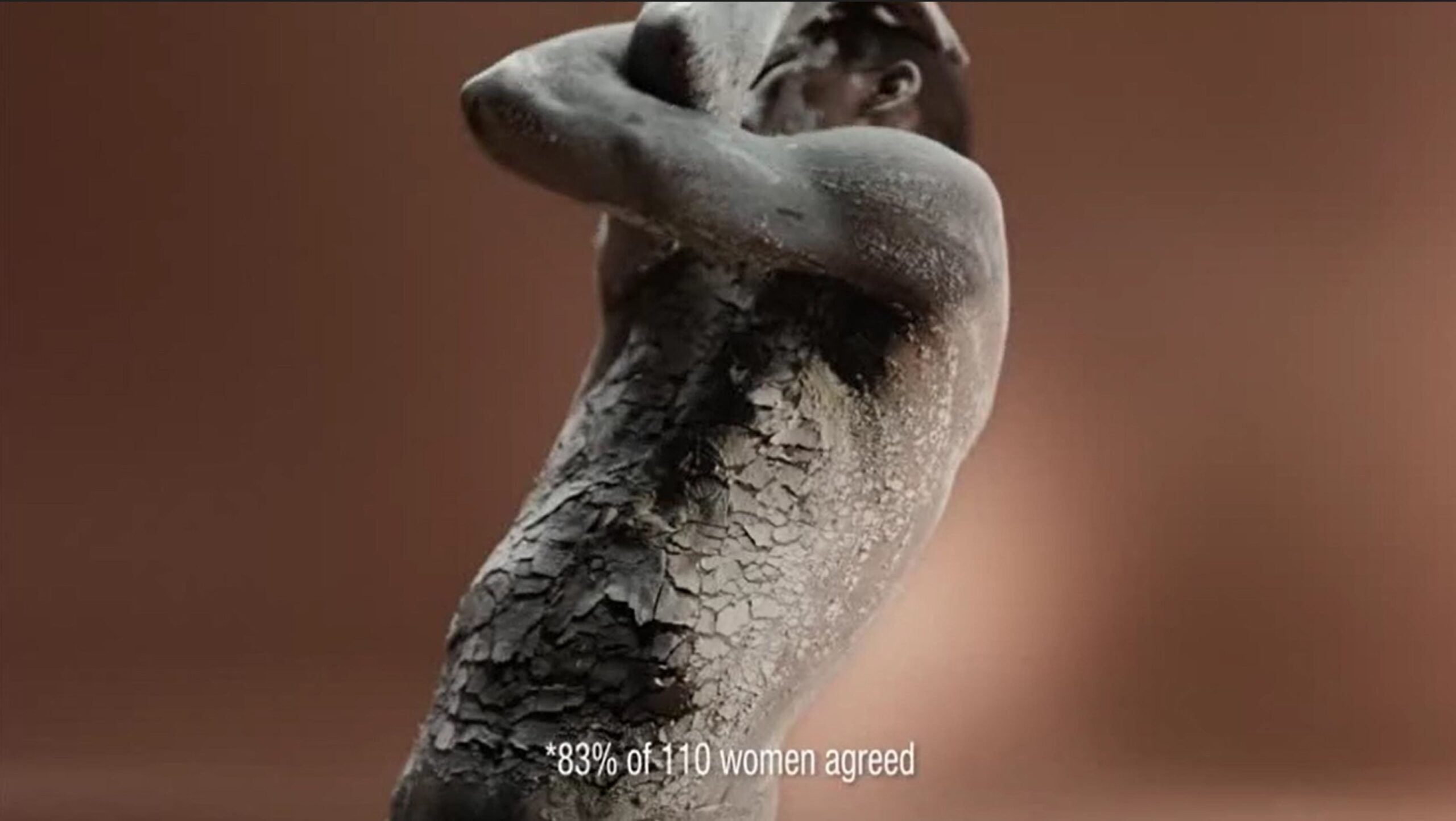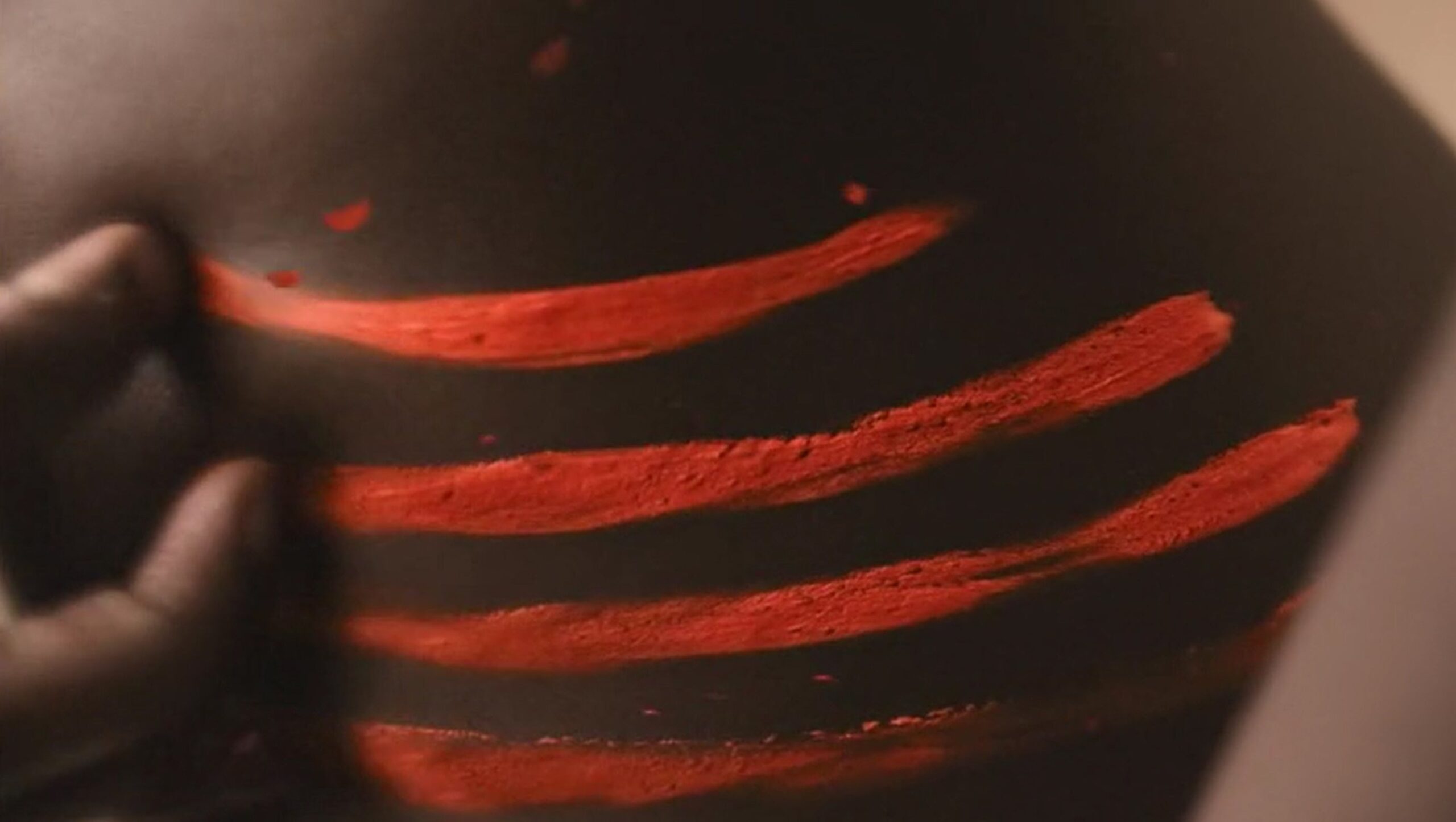A Sanex shower gel television advertisement has been banned by the Advertising Standards Authority (ASA) for reinforcing an offensive racial stereotype.
The watchdog ruled the ad, which suggested black skin was “problematic” and white skin “superior”, must not air again.
This followed two complaints that it perpetuated negative stereotypes about darker skin tones.
The ad, seen in June, included a voiceover that said: “To those who might scratch day and night. To those whose skin will feel dried out even by water,” alongside scenes of a black woman with red scratch marks and another covered with a cracked clay-like material.
Alongside scenes of a white woman taking a shower with the product, the ad then stated: “Try to take a shower with the new Sanex skin therapy and its patented amino acid complex. For 24 hour hydration feel.”

The ad ended with on-screen text and the voiceover stating: “Relief could be as simple as a shower.”
Colgate-Palmolive, which owns the Sanex brand, said the depiction of diverse models in the ad, either experiencing skin discomfort or post-product relief, was shown in a “before and after” scenario to show their product was suitable and effective for all, rather than as a comparison based on race or ethnicity.
On that basis, it believed the ad did not perpetuate negative racial stereotypes and was not likely to cause serious or widespread offence.
Clearcast, which approves or rejects ads for broadcast on television, said the ad did not perpetuate negative racial stereotypes and instead demonstrated the product’s inclusivity.
The agency said one model with darker skin was depicted in a “stylised and unrealistic way” to demonstrate dryness, but her skin tone was otherwise not a focal point.
A second model, also with darker skin, was shown with itchy skin, but this was portrayed through scratching visibly healthy skin and the resulting marks, and was therefore more about sensation than any visible skin condition.
The ASA said the use of different skin colours was a means of portraying a “before and after” of the product’s use, which created a juxtaposition of black skin shown as itchy, dry and cracked in the “before” scenes, and white skin shown as smoother skin in the “after” scenes.

The watchdog said: “The ad was therefore structured in such a way that it was the black skin, depicted in association with itchy and dry skin, which was shown to be problematic and uncomfortable, whereas the white skin, depicted as smoother and clean after using the product, was shown successfully changed and resolved.
“We considered that could be interpreted as suggesting that white skin was superior to black skin.”
The ASA added: “Although we understood that this message was not the one intended and might appear coincidental or pass unnoticed by some viewers, we considered that the ad was likely to reinforce the negative and offensive racial stereotype that black skin was problematic and that white skin was superior.
“We concluded that the ad included a racial stereotype and was therefore likely to cause serious offence.”
It further told Colgate-Palmolive “to ensure they avoided causing serious offence on the grounds of race”.
Colgate-Palmolive has been approached for comment.
